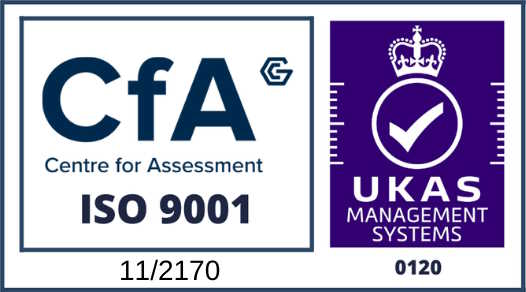Alternative to Overhead Radiant Panels (ORP)
At a Glance:
- Simple to install with no access platforms or overhead working restrictions
- Can operates at lower flow temperature to provide improved energy efficiency
- No asymmetric heating issues as with high temperature ORP’s
- Works with rooms in ceiling heights below ORP minimum of 2.7m
- No additional ceiling security measures required at interface between ORP & plasterboard
- Reduced length and number of feed & return pipes compared to ORP’s
- No ‘hot head’ syndrome creating behavioural issues in vulnerable or sensitive persons
- Reduced ligature risk as ORP ceiling anchors eliminated
- Easier cleaning, repair and maintenance

The cleaning difficulties associated with LST radiators are equally applicable to overhead radiant panels. By their very nature, they are inaccessible and above reachable height, requiring ladders or platforms for access.
Although they are a radiant panel, and as such do not create the same convection currents as LST radiators, they will still require regular cleaning as their warm surface will encourage the multiplication of micro bacteria.

The overhead positioning of the panels also means that patients are being heated from the head down. This can often cause discomfort at a time when the individual is unable to care for themselves, and can be distressing to those that are mentally impaired. ThermaSkirt® is placed at floor level, and so heats the occupants from the feet upwards, insuring that the body is warm before the head.
Other associated problems include potential leaks from overhead, their weight requires a secure ceiling anchor and then potentially provides for a ligature point.
As radiant panels may be located directly over patients and sensitive equipment, having an extended and cleaning device from floor level is not a practical solution especially as in some wards ceiling heights of 3m or more are not uncommon.

Overhead radiant panels (ORP’s) have been applied in healthcare and schools as an alternative to LST radiators and UFH because they do not suffer from their associated problems such as a); cleaning and ingress protection and b); response times and controllability.
However there are a different set of issues created when the heating is situated in the ceiling, radiating down into the occupied space. Initially radiant panels are not considered suitable for ceilings under 2.7m height due to the potential to touch their hot surface, if the occupant was 6’ tall or more, or to ensure the heat is not too oppressive. This makes it difficult to accommodate in modern healthcare developments which often have ceiling heights of 2.4~2.5m.
More information on this can be found on the CIBSE website http://www.cibsejournal.com/cpd/2009-06/


Subsequently, platform access to the radiant panels during installation, cleaning and maintenance is required as they are located overhead, and working at height restrictions prevent working from a ladder when handling heavy or cumbersome items. The cost of providing the access platforms and the additional pipework in order to connect several panels into the system needs to be considered when comparing overall cost.
Later on, once in service it is quite important that beds or seating isn’t located directly under the panel, as the phenomenon known as ‘hot head’ can cause behavioural issues in persons with dementia or developing young adults if exposed to the hot radiant infra red rays they produce. This issue can be mitigated against by having the panels at more than the minimum 2.7m ceiling height but this isn’t always possible, and by moving the panel higher their effectiveness at projecting the heat down is compromised.
This is often addressed by running the radiant panels at 80/60 to maximise heat output and radiation into the space, but this can lead to too great a temperature asymmetry (the difference between the perceived temperature from different directions). To maintain a temperature asymmetry of ≤10ᴼC can be hard to achieve when the final positions of furniture may not even be decided or fixed. This asymmetric temperature difference can cause discomfort if not managed carefully.
Finally, running the ORP’s at maximum temperature can undermine any potential energy savings that could be achieved by running at lower flow temperatures. Lower flow temperatures not only ensure lower losses in the 1st fix pipework but also improved energy efficiency in the case of gas boilers or better CoP (Coefficient of Performance) in renwables such as heat pumps.

